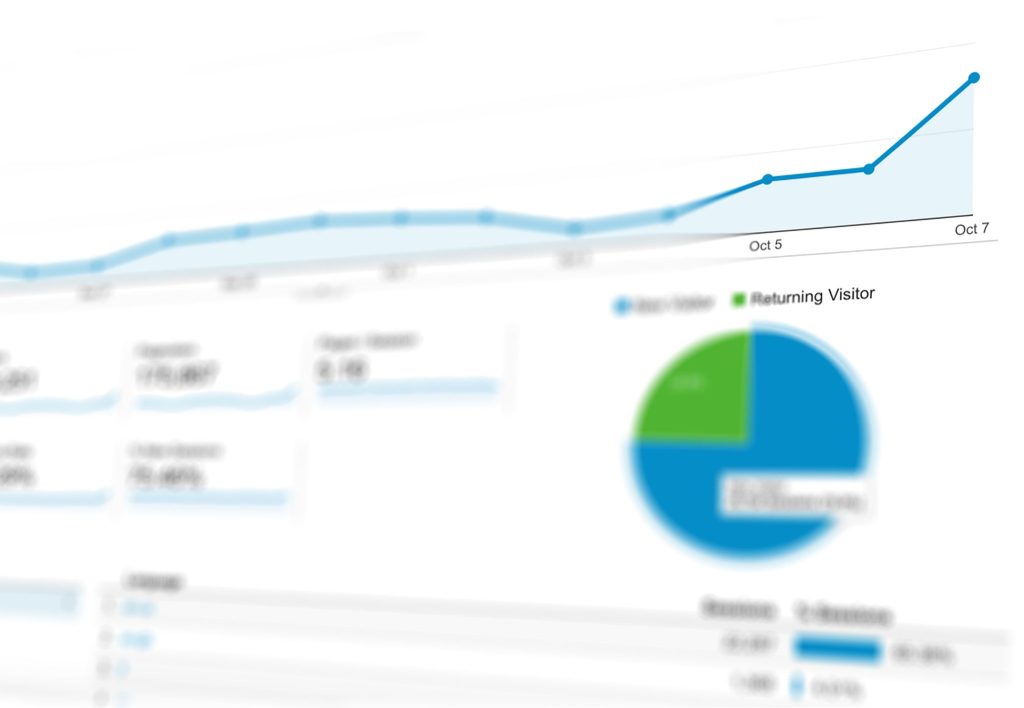Once upon a time, SEO was solely focussed on getting to that number one position for high value search terms. The SERPs were linear and the goal was clear. To an extent this is still the case. Ranking at the top of the SERPs for your most prominent keywords can be incredibly lucrative. However, the SERPs are continually growing in complexity. Our analytics capabilities are getting stronger and stronger. Even the way in which we use search engines has changed dramatically. Remember this clip from College Humor? Notice anything different? We now treat Google like an actual person, using more conversational language no doubt driven by voice search.
A part of this evolution is Google’s delivery of Featured Snippets. This is Google’s attempt to utilise content on websites to provide clear answers for the user without the need to click through to the website. They’re not perfect, but they’ve been around for a while now and as such many SEOs have incorporated them into their strategies… including us. But are they worth it? What value do they add to the bottom line? How important are they?
What are Featured Snippets?
Featured snippets are blocks of information displayed in the search engine results pages, usually at the top of the page. They are there to provide the user with direct answers to their queries within the search results, negating the need to leave the SERPs.
Also known as ‘position zero’ the information is taken from websites, rather than the instant answers that Google generate themselves. This can be seen by the fact that if you search ‘Featured Snippets’, Google’s explanation is not part of the featured snippet even though you would probably expect it to show!
In Google’s words, they are effectively results that have had their format reversed, where the description appears first and larger than normal.
The different types of Featured Snippets
Whilst the main aim of Featured Snippets remains the same (provide clear information to the searcher directly in the SERPs), they do come in a variety of styles including paragraph, list, table and video.
You’ll also notice that whilst one featured snippet will often be included right at the top of the SERPs, we often see a number of featured snippets shown in an accordion as well. Generally speaking, each result in the accordion will be from a different website, although this is not a hard and fast rule.
Lots of limelight but what about CTR?
Right, so now we know what they are and that they’ve been around for a while, why are we questioning their validity? The question is not whether they are useful for the searcher (because they are), but are they useful for SEO?
Featured snippets are commonly referred to as ‘position zero’ because they often appear at the top of the organic search results. It stands to reason then that this is prime real estate for websites looking to maximise their visibility within the search engine results pages. Featured snippets can dominate the SERP real estate above the fold and due to the design, will be more enticing to the user.
The issue arises when we view SEO in a more results oriented light. As we have discussed in a previous article, SEO is not just about vanity metrics. Rankings are fantastic indicators of success but if businesses are paying agency fees (or employing internal teams), a primary goal is return on investment. This ROI will translate, more often than not, into traffic which then translates to conversions or sales. Layer in that Google is attempting to provide more instant information to the user in the SERPs for informational search terms.
These featured snippets are designed to provide the user with the quickest answer to their query, directly in the SERPs. There is evidence to show that for the ~12.5% that display a featured snippet, the ‘no-click’ percentage does increase from 25 to 35 percent. They also appear to steal traffic from the top organic result, although this is slightly ambiguous because some may now consider the featured snippet to be the top organic result and gaining around 8% of clicks.
Yes, they are highly valuable for voice search but let’s stick to the more traditional screen based searches for the sake of argument. We now have a situation where SEOs are targeting informational searches with low transactional intent, and then perhaps not even gaining a click through to their website.
So are Featured Snippets worth targeting for SEO?
First of all, Google has addressed the concern that they are stealing clicks from publishers. To paraphrase Danny Sullivan’s post on Google’s blog he states that Google were conscious that featured snippets had the power to remove traffic from publishers. That’s why they include a link to the publisher and state the source in voice search, they even include a link in the Google Home App. Featured Snippets “have to work in a way that helps support the sources that ultimately make them possible”.
As with most things, the devil is in the detail. If you are targeting featured snippets purely to satisfy your boss or client, the veneer of being able to display them as a ‘look what we did’ moment will soon wear thin. It all goes back to the basic theory of searcher intent. What is the searcher trying to achieve through that particular query? Featured snippets definitely drive traffic but only when there is more to the subject than can be fit in a single featured snippet. We’ve seen thousands of clicks to our client’s websites through securing featured snippets. You just need to make sure that you are targeting the right ones.
We’ve outlined some of the criteria that we use to decide whether a featured snippet is worth pursuing. By default, the opposite of these criteria provide a list of when not to target a featured snippet:
- Highly relevant
- Clear search volume
- Featured snippet appears for a query that cannot be fully explained. In turn, this will entice higher click through rate to the website
- If executed correctly, will leave the searcher with high satisfaction
- Does the query fit in a buying/inbound funnel?
- Does a featured snippet already exist (should be yes)
- Is there a realistic chance of ranking for the query based on the website currently featured?
These criteria should result in you being able to craft content that secures that position zero but then also entices a further click through to the website. There are other techniques such as marking up your content with the correct schema but that’s all for another article.
As Jayson DeMers commented on in his article for Forbes, there is the potential that ‘featured snippet readers aren’t your most valuable audience’ in that they are looking for more instant answers. We agree with this to an extent and to be fair to Jayson he does admit that this is a subjective and therefore controversial statement. If the audience is not looking for deeper information and does not fit into your inbound funnel then yes, they’re probably not right for your campaign.
Furthermore, as previously stated, rankings for highly transactional search terms are still going to be a top priority for an SEO campaign. Featured snippets should be viewed as a useful addition to a content strategy and another string in the bow of your inbound funnel.
Convert that traffic!
The natural progression is from ranking for target keywords, to acquiring traffic and finally to converting said traffic. We’ve secured featured snippets, we’re gaining traffic due to the specific targeting criteria and now need to look at converting. Miss out this final step and it could all be for nought. That’s why it’s so important for the query to fit into your inbound buying funnel. The traffic generated by your featured snippet should have at least some transactional intent.
It may be that the featured snippet has enough transactional intent to funnel a user directly to a conversion page. On the other hand, it may require CTAs to further relevant content or a sign up process. Whatever your conversion funnel looks like, ensure that it is addressed as part of your strategy to target featured snippets.
Revolutionising search
The bottom line is that featured snippets, their role in voice search alongside a whole swathe of constantly evolving functionality within the SERPs are forever changing the landscape of search engines. By proxy, they are changing the landscape of SEO. If planned and executed correctly, targeting featured snippets for SEO is absolutely worth it. Even if this was not the case, search is changing whether we like it or not. As SEOs it is our job to change with it and identify the areas that will deliver the best results for websites.
SEO campaigns are multifaceted beasts and should be treated as such. Featured snippets are useful pieces of functionality for the searcher and if targeted properly can be highly beneficial for SEO campaigns. Let’s not get carried away though.
For the naysayers, featured snippets and ‘no-click’ searches are not going to completely replace organic results (at least not for a number of years). For the believers, be careful not to focus all of your resources on featured snippets. They should be viewed as a great little bolt on to your content strategy but rarely will they take precedence over more transactional, bottom of the sales funnel queries.









